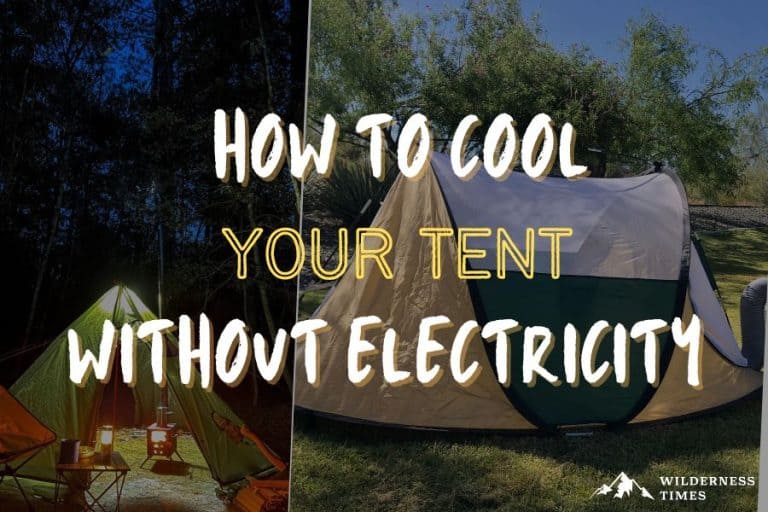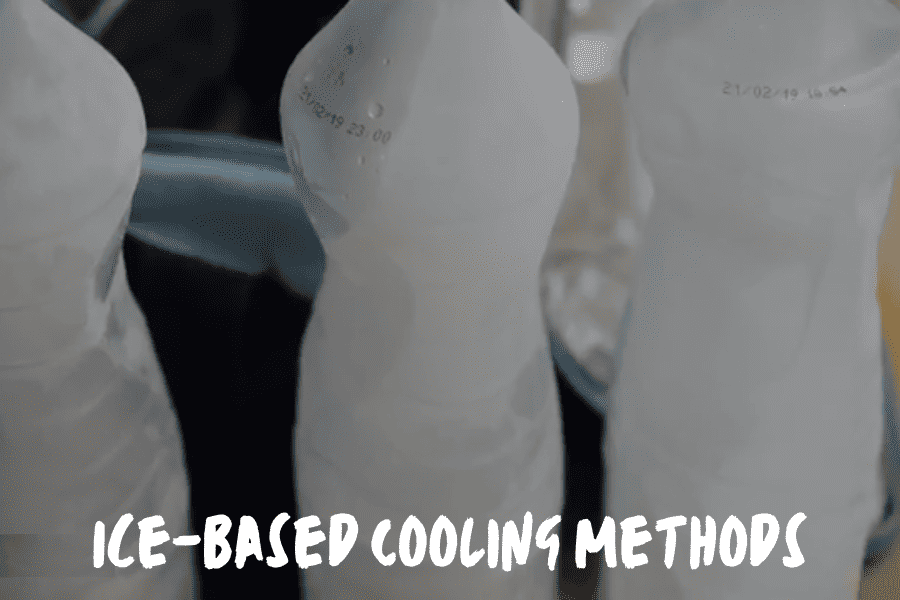Summer is here, and we’re excited to get up to some camping adventures.
Because it’s the warmest time of the year, it’s more important than ever to know how to cool your tent without electricity.
It’s important to stay cool when you’re camping in hot weather. If you don’t, you risk overheating or even heatstroke.
In this article, we’ll discuss the best ways to keep your tent cool – even when you don’t have access to electricity.
Table of Contents
ToggleOptimizing Your Tent To Keep It Cool
One of the best ways to keep your tent cool is to prevent it from getting too toasty in the first place.
Utilizing Shade & Natural Wind Patterns

When looking for the best spot to pitch your tent, pick one that has plenty of shade and access to breezes.
The ideal camping spot for a hot day is one with surrounding trees that will cover you with shade.
It is best to avoid low-lying bushes or obstacles that will block you from breezes, though.
Once you find a good spot, pay attention to the natural wind patterns.
Then, set up your tent so the wind hits your biggest window (usually your front door).
Your tent can get stuffy on a hot day, so setting up your tent in this way will keep the wind flowing through your tent and keep the temperature down.
Using Proper Ventilation & Airflow
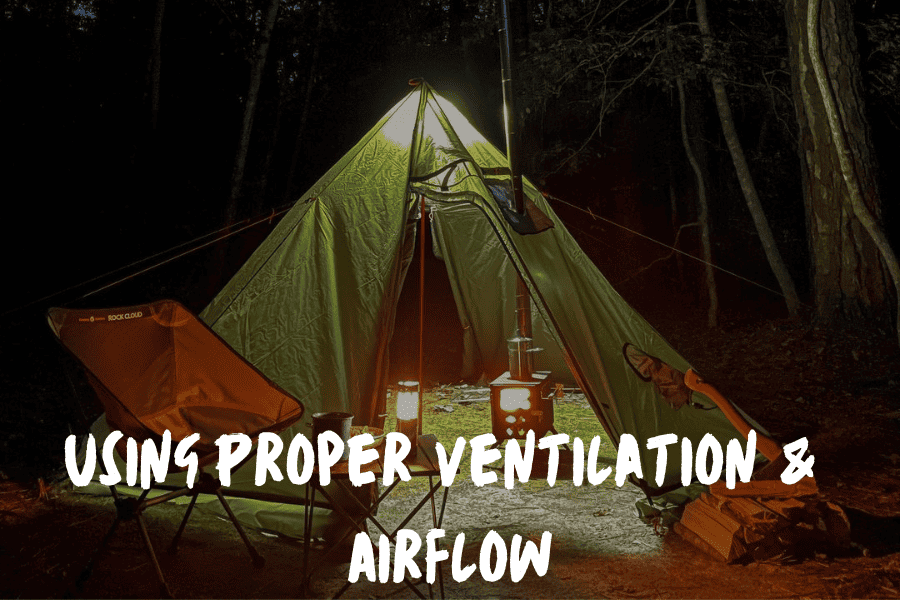
When setting up your tent on a hot day, make sure that you have all the ventilation windows and rolls in use.
If it’s a clear day with no threat of rain, you can even ditch the rainfly so that more air can flow through the body of the tent.
Many double-walled tents have “stargazing” designs, which means that a large portion of the top of the tent is made of see-through mesh.
Letting this part of the tent be exposed to the outdoor breezes will prevent your tent from absorbing and maintaining too much heat.
Setting Up Your Tent At The Right Time
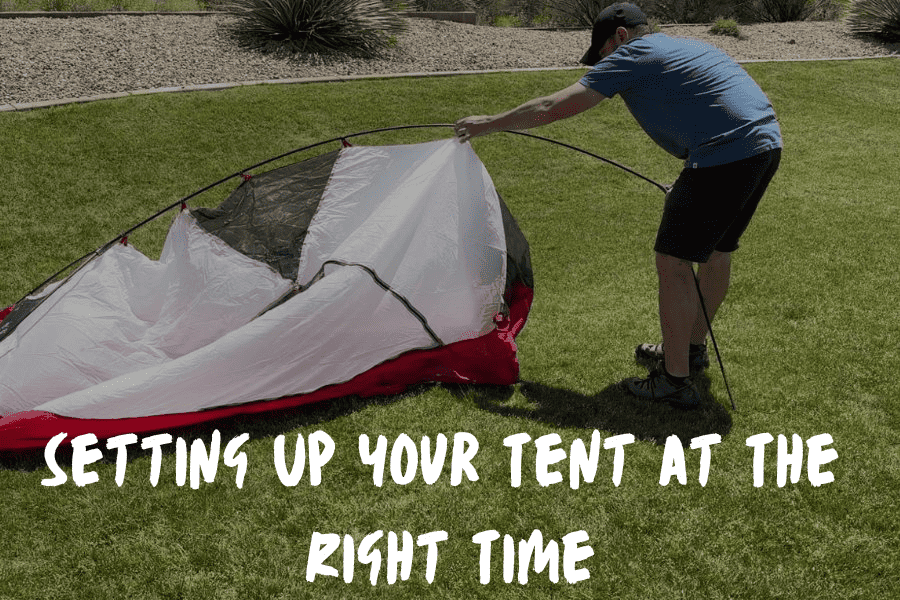
If it’s an especially hot day, there’s no need to set up your tent right away.
Your tent is designed to maintain heat by conserving a bubble of air inside its main structure.
Waiting to set up your tent until the evening when the weather has cooled off will ensure the interior of your tent is cooler than one that was set up all day.
Purchasing The Right Tent for Hot Weather
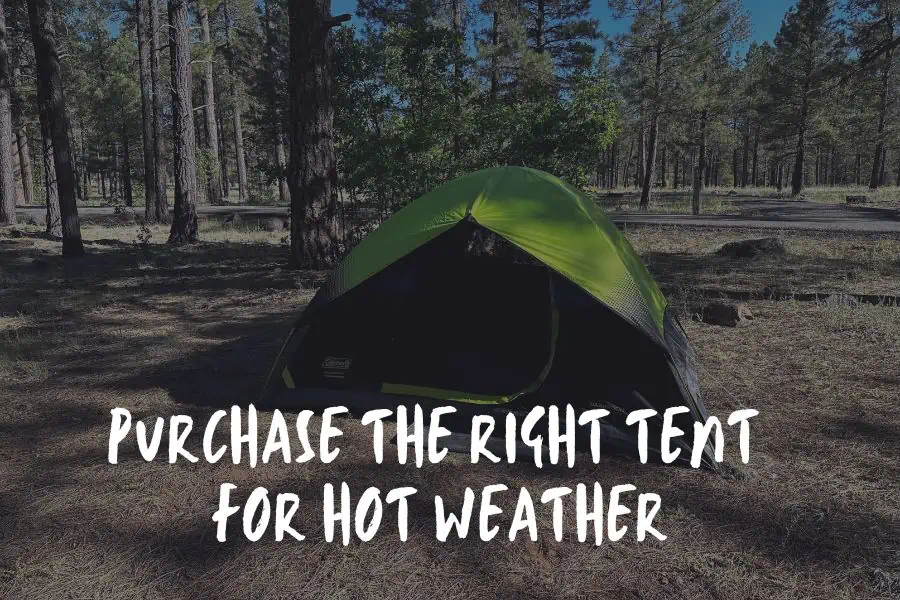
Of course, as with anything you buy, there are some tents that are better for hot weather than others.
When choosing a tent for hot weather, prioritize good ventilation, breathable materials, and UV protection.
Look for tents with mesh panels, large windows, and awnings or screened porches for shade and airflow.
Another great option for hot weather are blackout tents. They not only can reduce sunlight inside the tent by up to 99%, but they help to lower the air temperature inside the tent by 10%.
But our personal favorite for hot weather are canvas tents. Canvas is breathable and perfect for hot weather.
Regardless, opt for spacious tents with adjustable vents, multiple doors, and zippered windows for customizable ventilation. These features will help you stay cool and comfortable in hot weather conditions.
Cooling Techniques For A Tent Without Electricity
There are multiple ways to keep your tent cool on a hot day without access to electricity. Here are a few simple ideas:
Shade & Insulation Solutions
Reflective Tarps Or Emergency Blankets
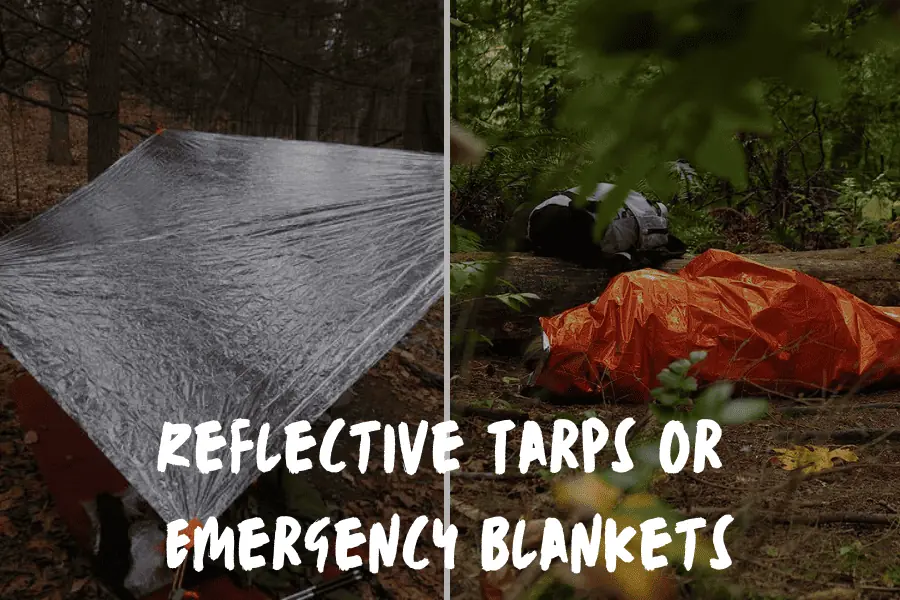
One of the best ways to keep your tent cooler is to protect it from those hot sun rays!
Grab a reflective tarp or space blanket and throw it over your tent.
This type of layer will reflect the sun’s rays and prevent your tent from absorbing too much heat.
Natural Shade
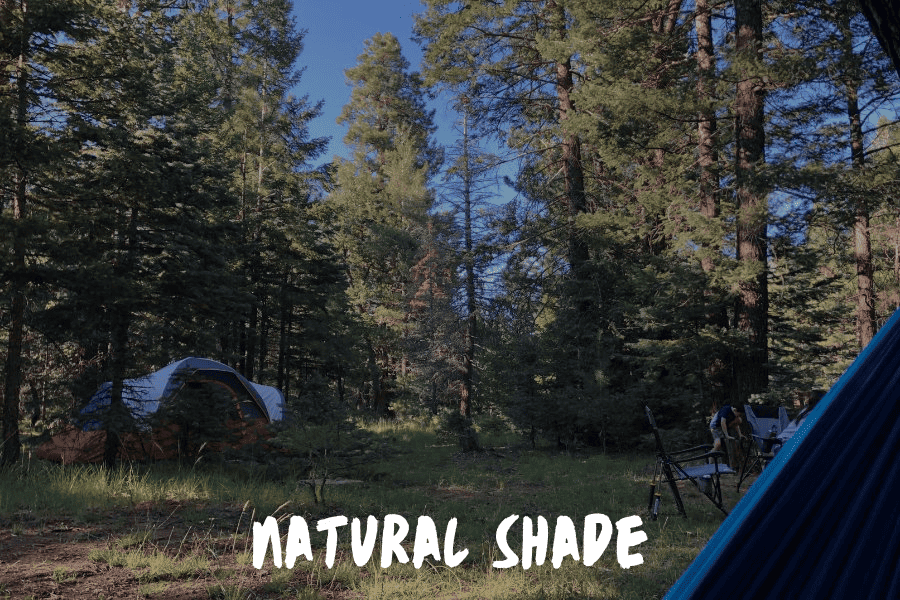
As we mentioned before, optimizing the elements around you for shade and airflow is going to be your best friend for keeping your tent cool.
Tents are built for insulation. So, if your tent is in the sun, it’ll store that heat inside of it.
So, set up your tent in a shady space away from direct sunlight to avoid making your tent an oven.
Battery & Solar Powered Cooling Methods
Battery-powered cooling systems offer portability and convenience.
These cooling devices typically utilize rechargeable batteries, such as lithium-ion, to power fans or air circulation mechanisms.
They can provide airflow and help reduce heat inside the tent. Some battery-powered coolers also include options for ice or cold packs to enhance cooling performance.
Portable Air Conditioners
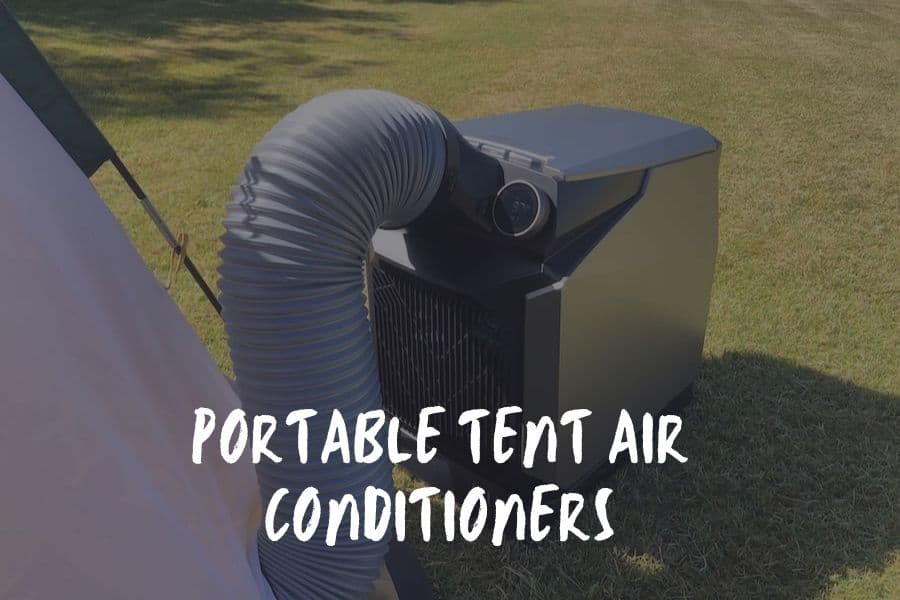
Portable tent air conditioners can effectively cool a tent even during those really hot summer days.
They work like the air conditioner in your home by drawing in warm air, cooling it through a refrigeration process, and circulating the cooled air back into the tent while venting out hot air.
They provide powerful cooling performance, adjustable temperature settings, and dehumidification.
However, adequate ventilation and a stable power supply are essential for their operation.
Portable air conditioners are more suitable for car camping and can be bulkier and louder compared to other cooling methods.
But dang, do they work! You can check out our review of the EcoFlow Wave Portable Air Conditioner here.
Portable Battery-Operated Fans
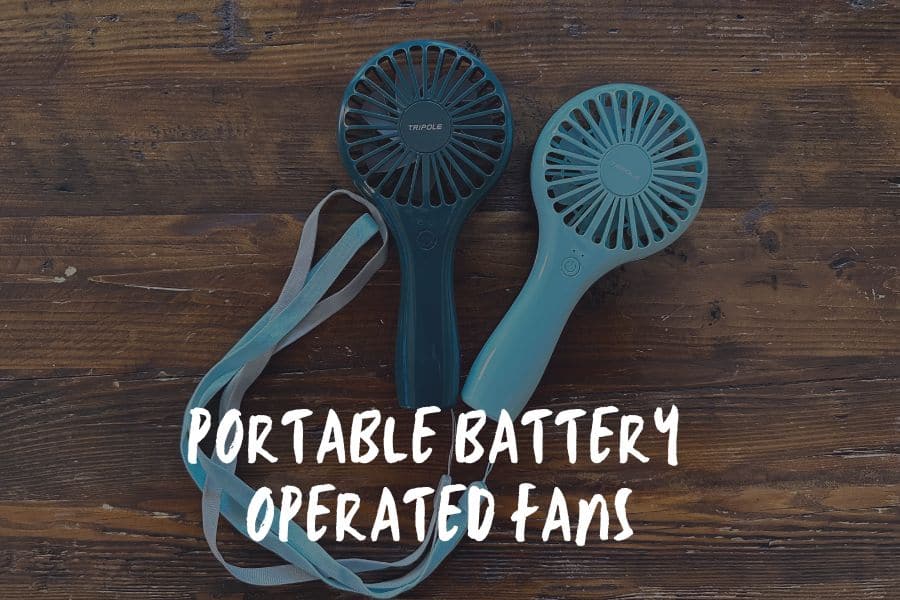
Battery-powered tent fans can always come in handy on a hot day!
However, unless you’re backpacking into particularly hot terrain, I don’t always recommend bringing handheld fans.
The reason? They’re heavy! Fans, plus any spare batteries you’ll need to tote around, can add a good amount of weight to any pack.
Because of this, they are not the best tool to bring on longer backpacking adventures.
Rechargeable fans make sense when you have solar power or a portable battery station like the EcoFlow Delta 2.
So if you’re headed into especially hot conditions or are planning a quick car camping excursion, go ahead and pack your fans!
Solar-Powered Ventilation Systems
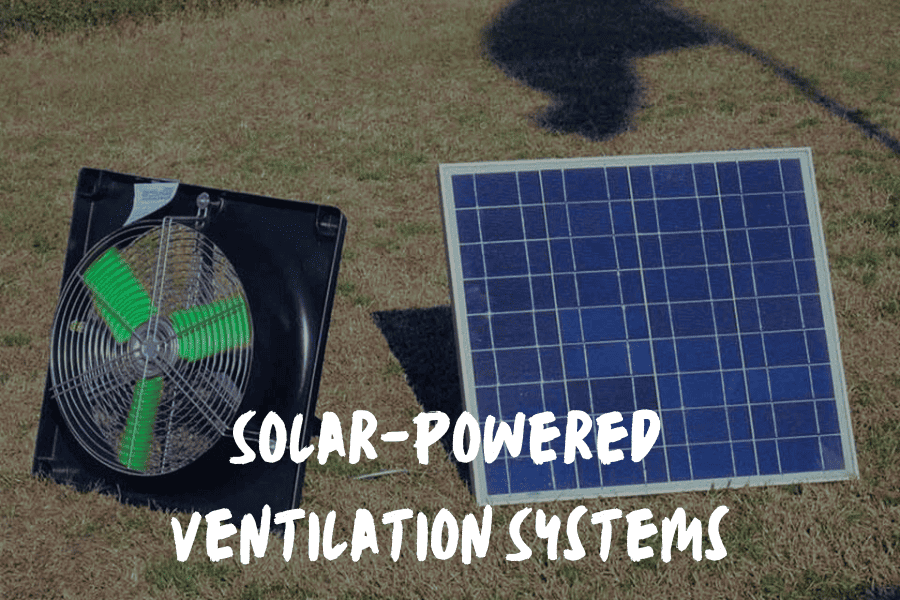
Solar-powered ventilation systems convert the power of the sun into ventilation air systems for your tent and surrounding environment.
These can be a great tool for car camping. However, they can be heavy and bulky, so they’re simply not going to work where space is at a minimum.
They also require you to invest in them ahead of time. You’ll need a good set of solar panels and a compatible cooling device.
Ice-Based Cooling Methods
Ice can help keep you cool when you’re overheating.
However, ice is definitely a luxury and can be hard to come by out in the wilderness.
Ice-based methods will only work if you have a place to keep the ice cold, like a cooler.
Because of this, these methods will work best in car camping or campground scenarios.
DIY Ice Fan Or Ice Pack Set-Up
If you have a battery-powered fan and a bit of ice, this method can work wonders for you.
All you need to do for this method is place the ice in front of a fan and turn the fan on.
The fan will blow the cold air coming from the ice in your direction and cool you off.
For this method, you can also soak a cloth in water and put it in the cooler to freeze.
Once the cloth is cold, you can lay it on top of the fan and turn the fan on for similar results.
Ice Water Bottle Technique
If you’re running short on ice packs, you can always use spare bottles of water to keep yourself cool.
This is a great technique because water bottles are portable, so they can fit in your pockets, your tent, and other gear.
Evaporative Cooling Methods
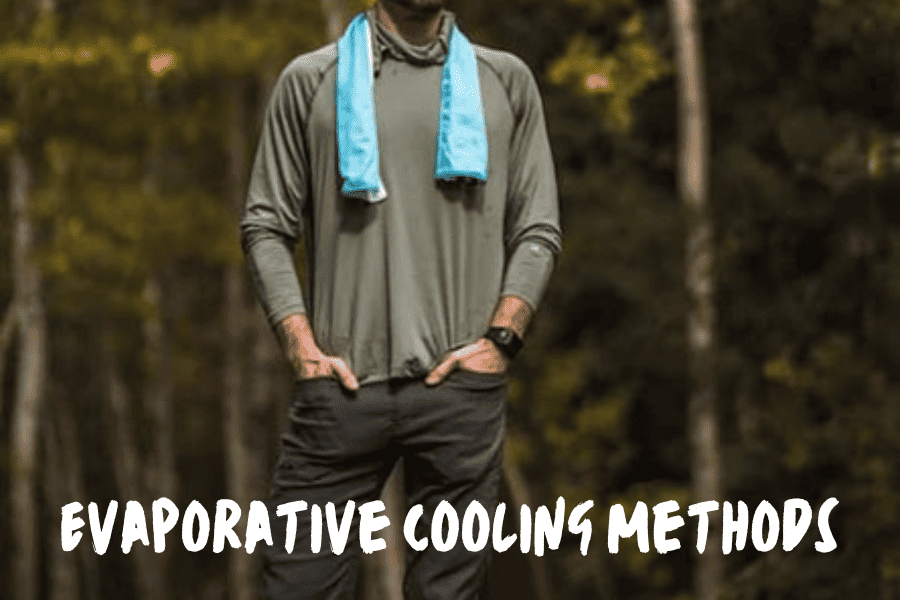
Evaporative methods require a damp source that will turn into water vapor as the air around it heats up.
This moisture is what keeps you cool.
Wet Towel Or Clothes Technique
This is an easy way to keep yourself cool on a hot night.
A few pro-tips when considering this method. First, this is the one time I will ever encourage you to wear cotton on the trail!
Generally, cotton clothing is discouraged because it doesn’t dry well and can leave you damp for hours.
On cold days, this can lead to hypothermia, but on warm days, it can help keep you cool while you sleep!
Second, if you go to bed with a damp t-shirt on, ditch the sleeping bag so it doesn’t get damaged from the excess moisture.
DIY Evaporative Cooler Set-Up
Setting up a DIY Evaporative Cooler will require you to be inventive but will pay off in the end!
This type of cooler setup is heavier in weight, so it’s a great method for car camping or adventures where you’re not carrying your gear too far.
To make the evaporative cooler, you’ll need a few supplies:
- a large bucket with a lid
- a drill (or other sharp object)
- a cloth
- a solar-powered fan
- glue
- water
First, drill a few large holes in a ring around the middle of a large bucket and layer the cloth around the inside.
Then, you’ll cut a hole in the lid of the bucket and attach the fan with glue.
Once the fan is securely attached to the lid, fill the bucket with water and ice (up to the holes on the side) and close the lid to the bucket.
Turn on the fan and feel your surrounding area get cooler!
Tips For Comfortable Sleeping In A Cool Tent
Choose The Right Sleeping Gear
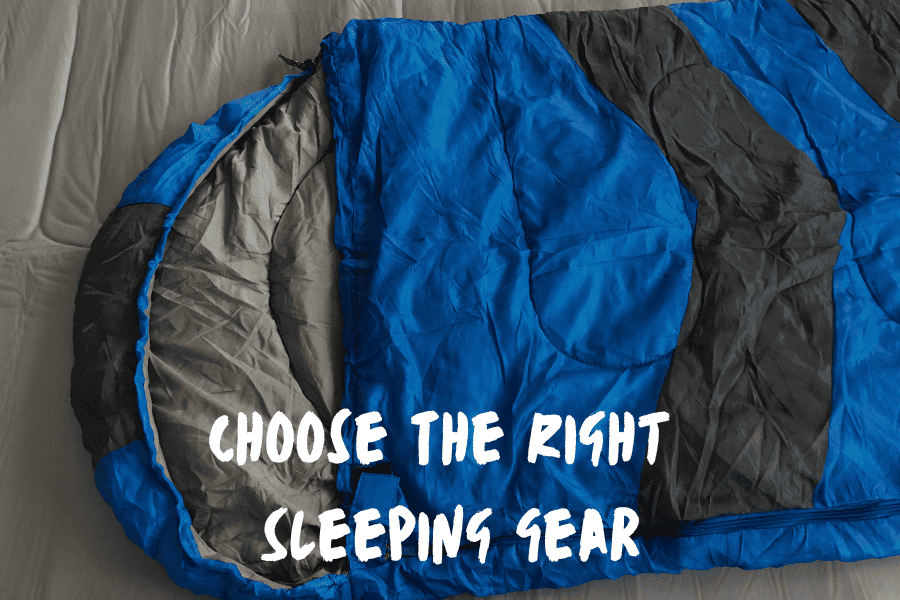
When it’s hot out, it’s not a question of what gear you have for sleeping, it’s how much you should use.
Sleeping bags are built to keep you warm, so I generally forego my bag altogether on a hot night.
Instead, I’ll use my sleeping bag as a ground cover or pillow.
This will keep you cool and exposed to passing breezes throughout the night.
If you have a hard time falling asleep without any cover, I recommend bringing a light sheet or a light camping blanket to sleep under on a hot night.
Optimal Sleeping Positions For Heat Regulation
Believe it or not, there are a few sleeping positions that can help you manage the heat.
Here are some recommendations to try:
The Starfish

The first sleeping position is the “starfish” position, where you’ll lie on your back with your limbs outstretched.
This position is great for heat management because it increases the amount of surface area of your body that is exposed to fresh air.
The Freefall
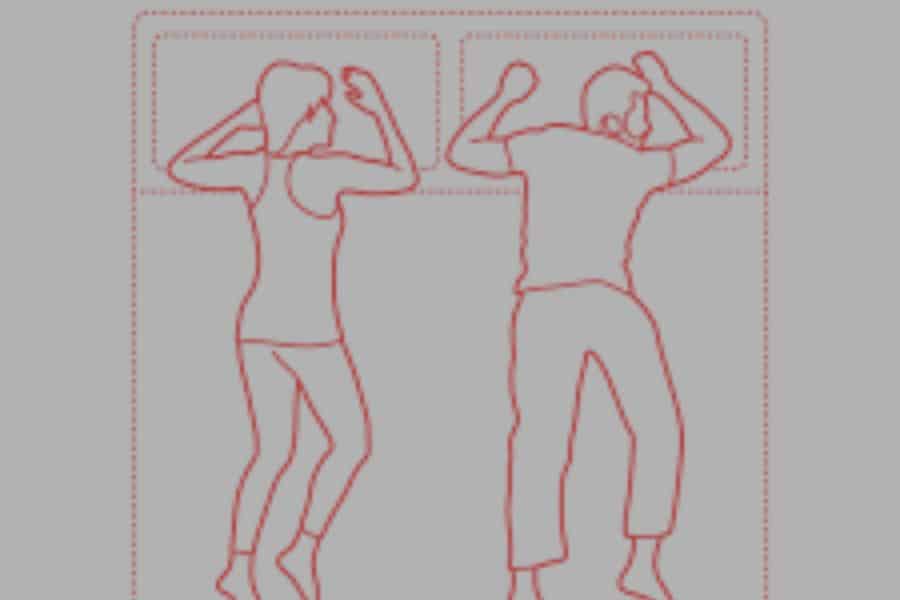
The reverse of the starfish, the “freefall” position is the next recommended sleeping position for a similar reason.
When you lie on your stomach with limbs outstretched, a large percentage of your body is exposed to the outside air.
The freefall position requires you to lay on top of a dampened t-shirt or cloth, concentrating the coolness to your core.
This can help cool you down even faster because the core of your body stores a lot of heat.
Just make sure you’re keeping damp clothes away from your sleeping bag!
The Legs Up
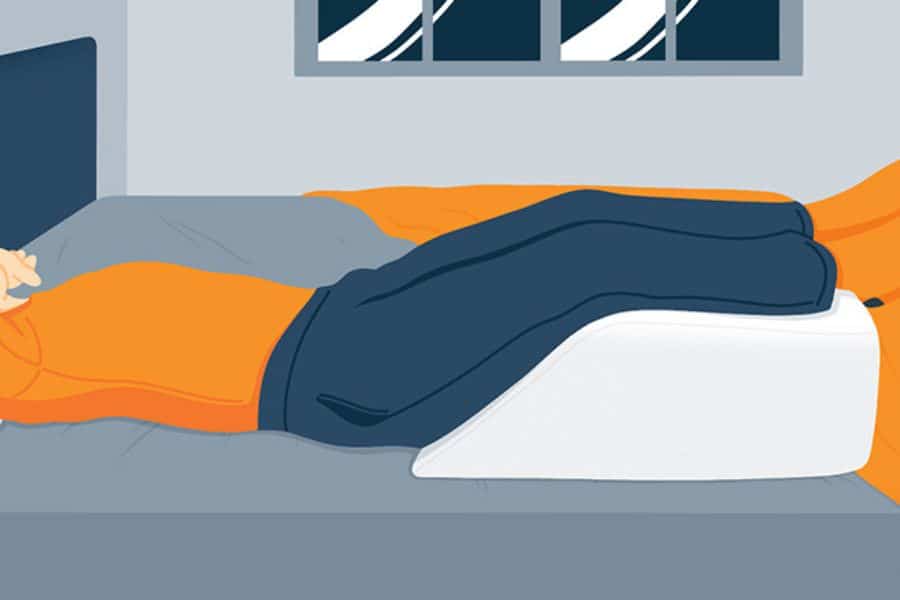
The final recommended position is the “legs up” position. You can assume this position by simply lying on your back and elevating your feet.
This position will increase the circulation in your legs, decrease swelling, lower excess internal heat, and keep you comfortable throughout the night.
Alternative Cooling Options
If the more natural and DIY solutions to overheating aren’t doing the trick, you can always turn to technology!
Here’s a list of a few more technologically advanced solutions:
Cooling Gadgets & Innovations
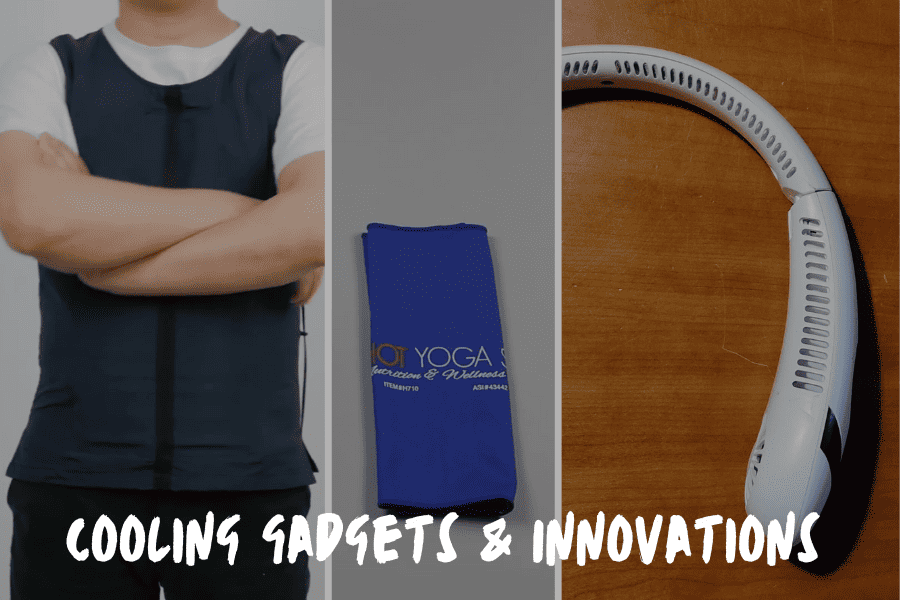
There’s lots of neat gear out there that can keep you cool in the summer.
From cooling towels and hoods to wearable neck fans, outdoor gear brands are always coming up with new ways to keep your body temperature down on hot days.
Take a look at the recommendations below to learn more about these cooling options:
Cooling Towels
Cooling towels are made with fabrics that are water-activated and feel cool to the touch.
When wet, they use evaporation to bring out the heat from your body.
This handy piece of gear is fairly lightweight and comes in a multipurpose shape.
It can go around your neck, head, wrists, or ankles.
Cooling Vests
Cooling vests are made from the same fabric as cooling towels, but are designed specifically to be worn around your shoulders and chest.
Since the core of your body is one of the main areas that stores heat, cooling vests can do a great job of cooling you down.
They can be worn on their own or beneath your clothing for increased protection from the elements.
Wearable Neck Fans
Wearable neck fans wrap around your neck and fan off your neck and head region.
They can be great for individuals with short hair that won’t get stuck in the fans.
For longer treks, you’ll need to make sure you bring one that’s battery-powered, which can add some weight to your pack.
FAQs
Are There Any Specific Fabrics Or Materials Recommended For Tent Construction That Offer Better Insulation & Cooling Properties?
Yes, some materials deal with hotter temperatures much better than others.
For example, tents made with canvas will hold up to warm temperatures better than those made of synthetic materials.
However, because canvas tents are so much heavier than their synthetic counterparts, they are often passed over.
But for backpacking, I recommend bringing a synthetic tent with lots of mesh in its body design.
This will ensure airflow is able to get through the body of the tent and keep you cool.
Will Lighter Color Tents Be Cooler Than Darker Color Tents?
Lighter colors tend to reflect sunlight, while darker colors absorb more sunlight and the heat that comes with it.
If you have multiple tents of different colors, I recommend packing the one with the lightest color when you’re heading out on a hot-weather camping trip.
Can I Use A Portable Misting System To Create A Refreshing & Cool Atmosphere Inside The Tent?
I do not recommend using a mister or misting system inside your tent. Largely, this is because moisture can damage important sleeping gear, like your sleeping bag.
In addition, if you’re using a rainfly, the moisture from the mister will just get stuck in your tent as condensation and make the interior of your tent even more hot and humid.
By all means, bring a misting system if you want it. Just be sure to keep it outside of the tent!
Are There Any Innovative Cooling Products Designed Specifically For Camping, Such As Wearable Cooling Vests Or Neck Wraps?
Yes, camping outfitters are coming up with new cooling products every year!
These include cooling cloths, vests, and even wearable fans! Check out the section “Cooling Gadgets and Innovations” in the article above for more information.
Is It Okay To Dig Underground Or Create Dugout Shelters To Take Advantage Of Cooler Temperatures Beneath The Surface?
It depends. Some camping spots will follow Leave No Trace (LNT) principles, which emphasize leaving a campsite how you found it.
So, before you get the shovel out, make sure you’re in an area where digging a hole is allowed.
If you’re not camping in a LNT area, digging a hole can help keep you cool on an especially hot night.
To do this strategy effectively, you’ll need to dig a hole almost two feet deep that will fit the entirety of your tent’s base. Then, set up your tent in the ditch you’ve created.
However, digging a ditch can be energy-depleting and difficult to complete in the heat, but some campers swear it is great for keeping cool.
Can I Use Portable Ice Packs Strategically Placed Around The Tent To Cool The Surrounding Air?
If you wish, you can absolutely set out portable ice packs in your tent to cool it down.
Since ice can be hard to come by on the trail, this strategy is generally the best for camping excursions where you can bring a cooler to keep them cold.
Make sure to place the ice packs in plastic bags before putting them in your tent.
This way, you can get all the cooling without any leaks or excess puddles in your tent.
On an especially hot night, you can even sleep with an ice pack on your chest.
If you do this, it’s best to ditch the sleeping bag so it doesn’t get wet.
Final Thoughts
Camping in the heat can be tough if you don’t come prepared.
Lucky for you, following a few of the methods in this article will make camping during the summer even easier – and way more enjoyable!


